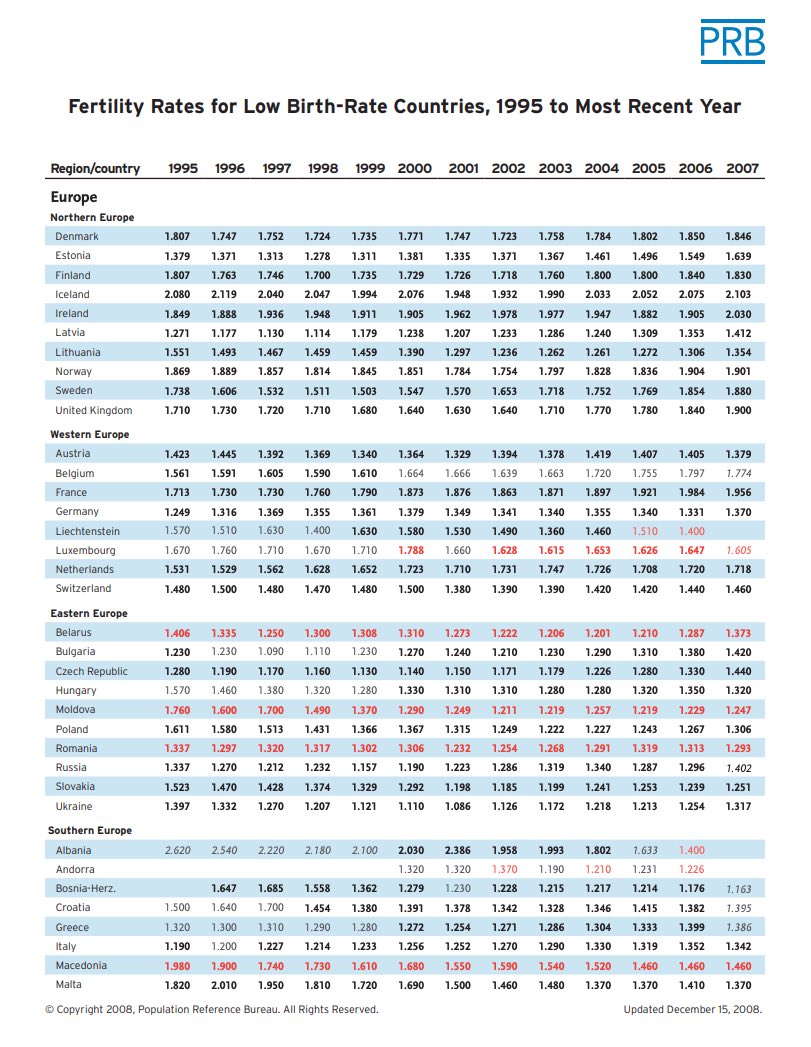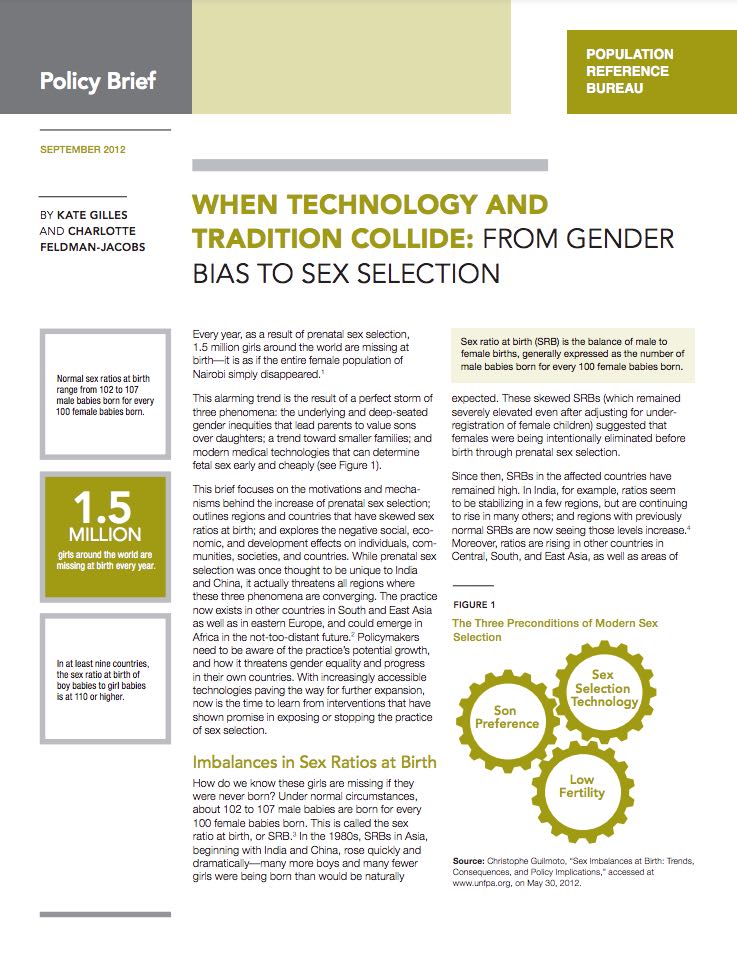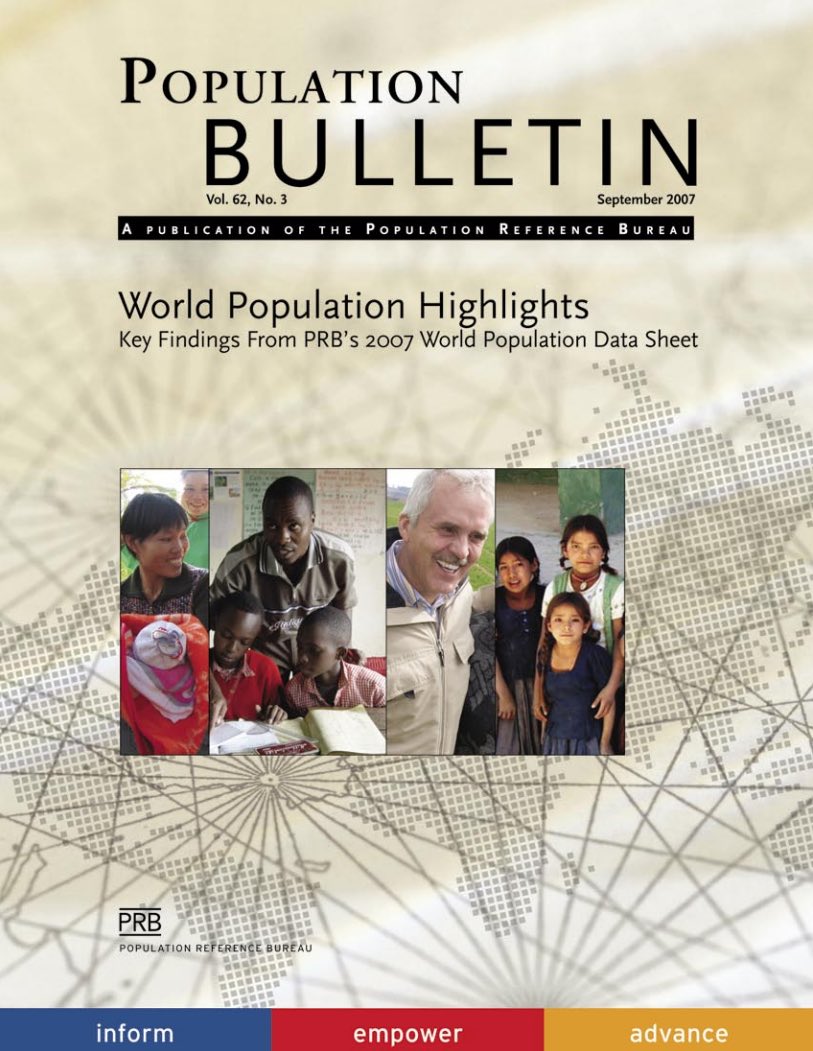PRB Discuss Online: Marriage Is Good for Your Health
(2009) Mounting research shows that married people are healthier and live longer than unmarried people.
(2009) Mounting research shows that married people are healthier and live longer than unmarried people.

New research shows the pandemic deepened feelings of loneliness, anxiety, and depression among older adults and their caregivers. Social connection is the "medicine hiding in plain sight."

Project: PACE: Policy, Advocacy, and Communication Enhanced for Population and Reproductive Health
The world population will reach 9.9 billion by 2050, up 2.3 billion or 29 percent from an estimated 7.6 billion people now, according to projections by Population Reference Bureau (PRB) included in the 2018 World Population Data Sheet.


(2012) Every year, as a result of prenatal sex selection, 1.5 million girls around the world are missing at birth—it is as if the entire female population of Nairobi simply disappeared.
(2013) With technology producing more and cheaper ways to determine the sex of a fetus, fewer girls are being born—an estimated 1.5 million of them every year. They are sometimes referred to as the "missing" girls, the ones who were never born because of the premium some societies place on boys.

2007) In 2005, about 191 million people—3 percent of the world's population—were international migrants, according to UN estimates.

Infertility receives nowhere near the attention or funding of fertility decline or aging despite asking the same fundamental question.